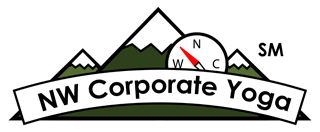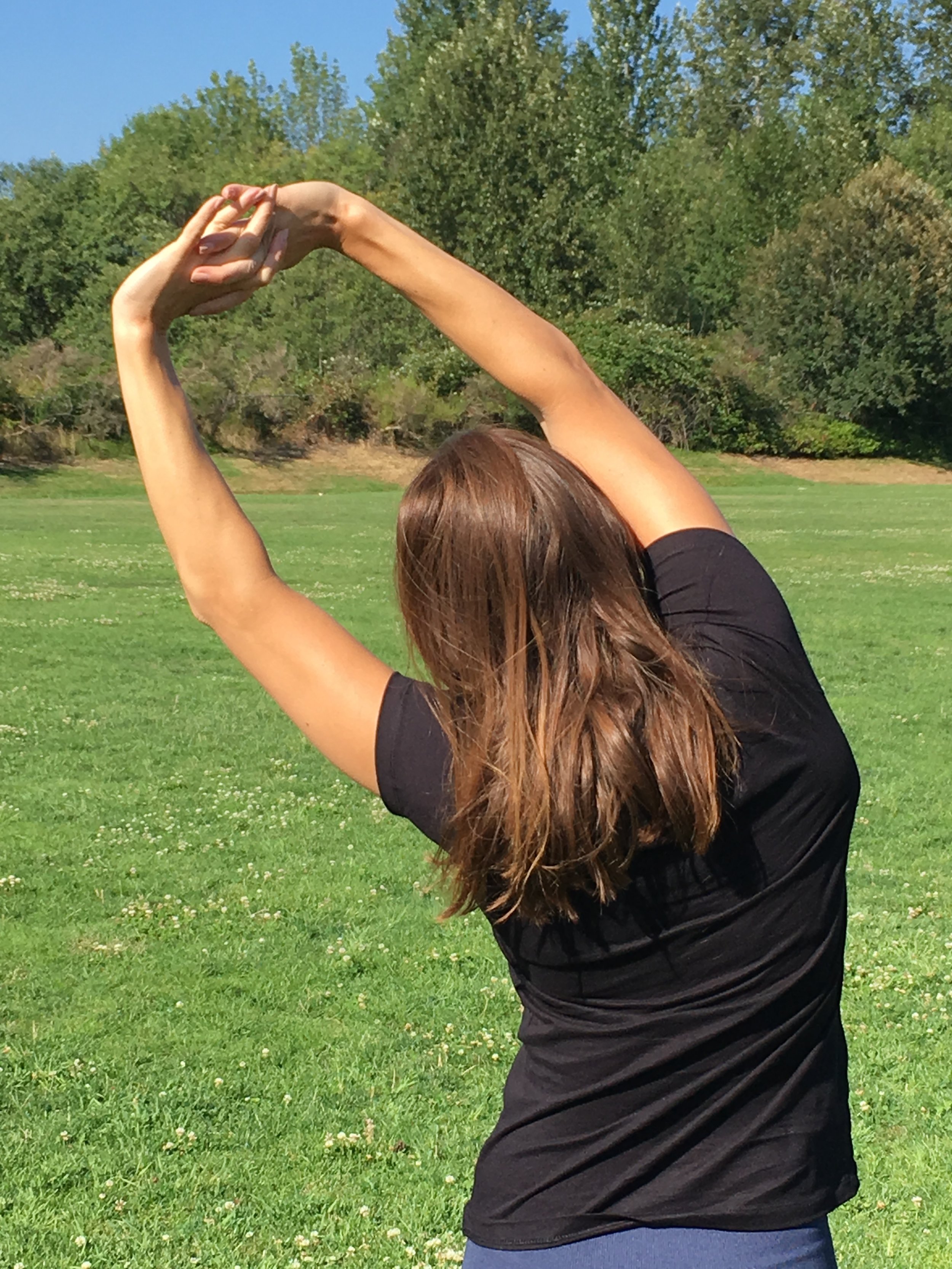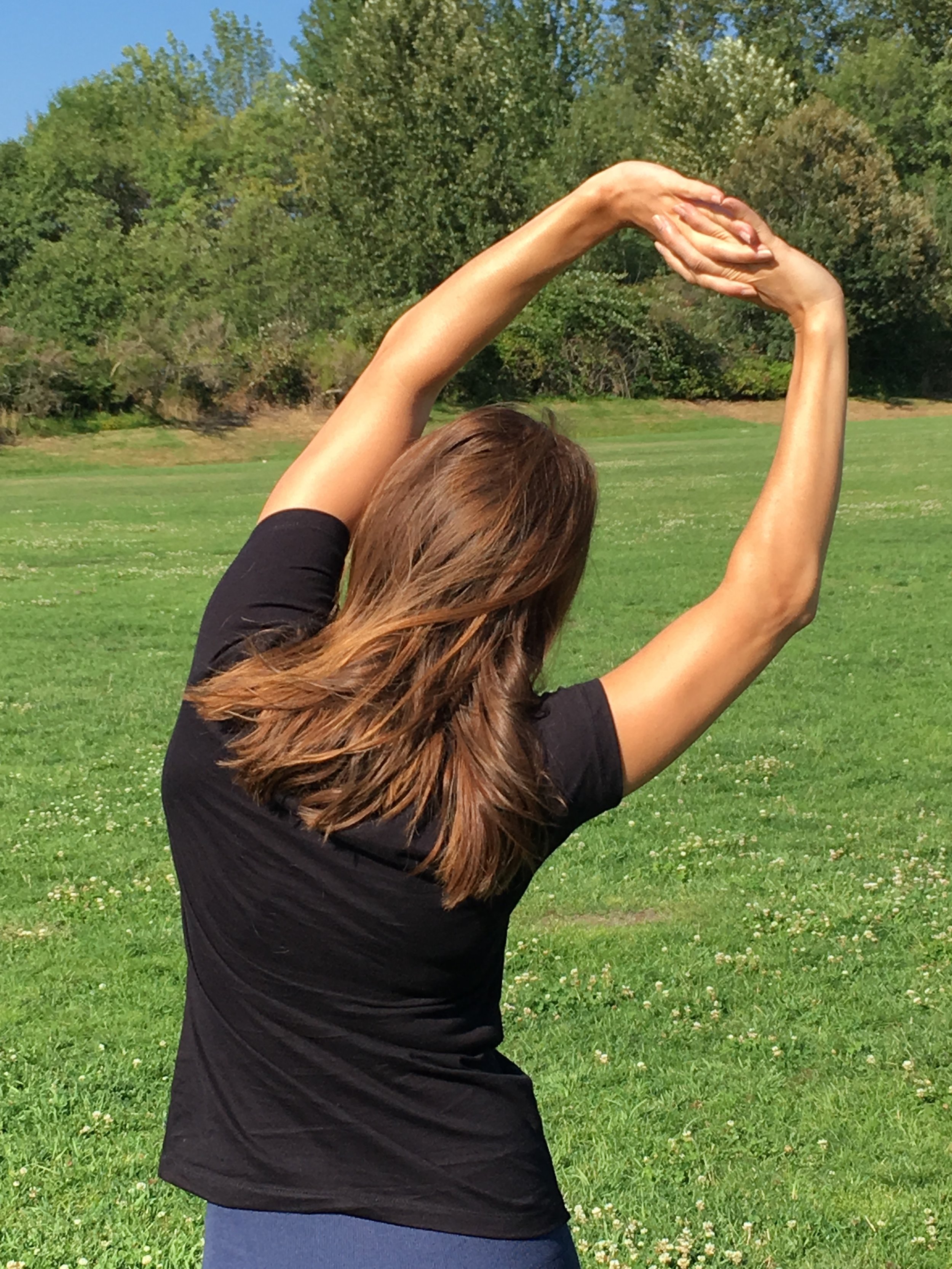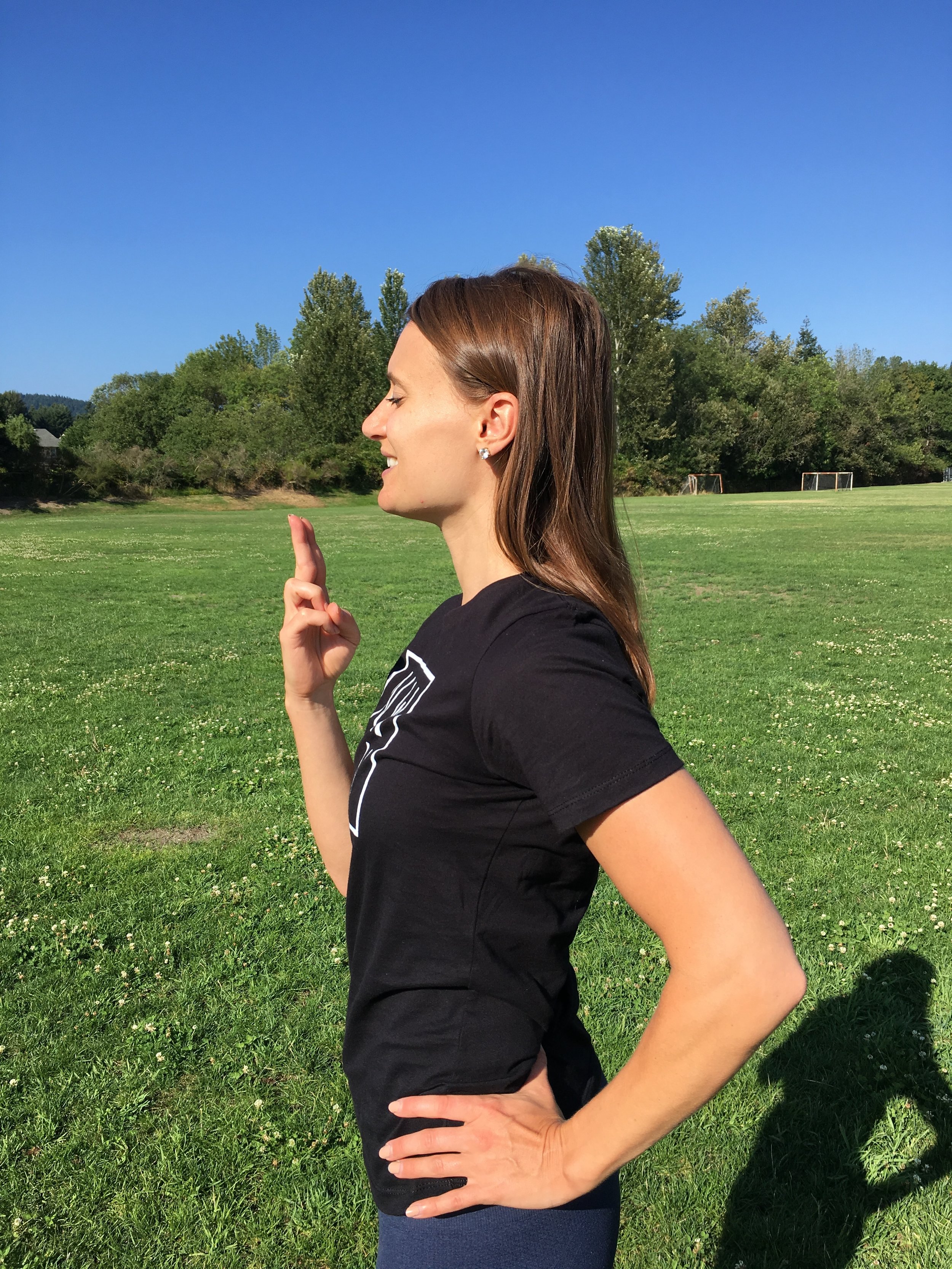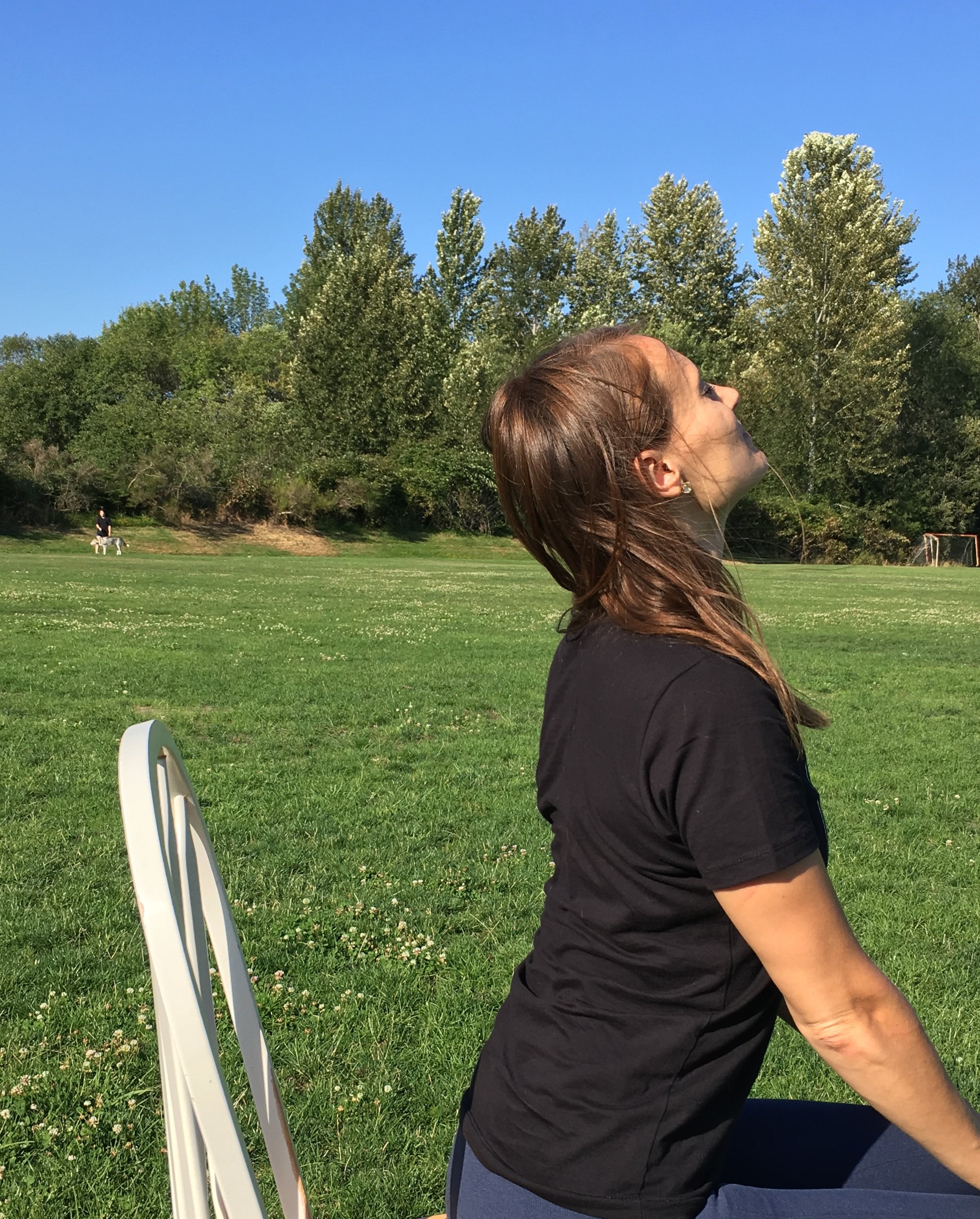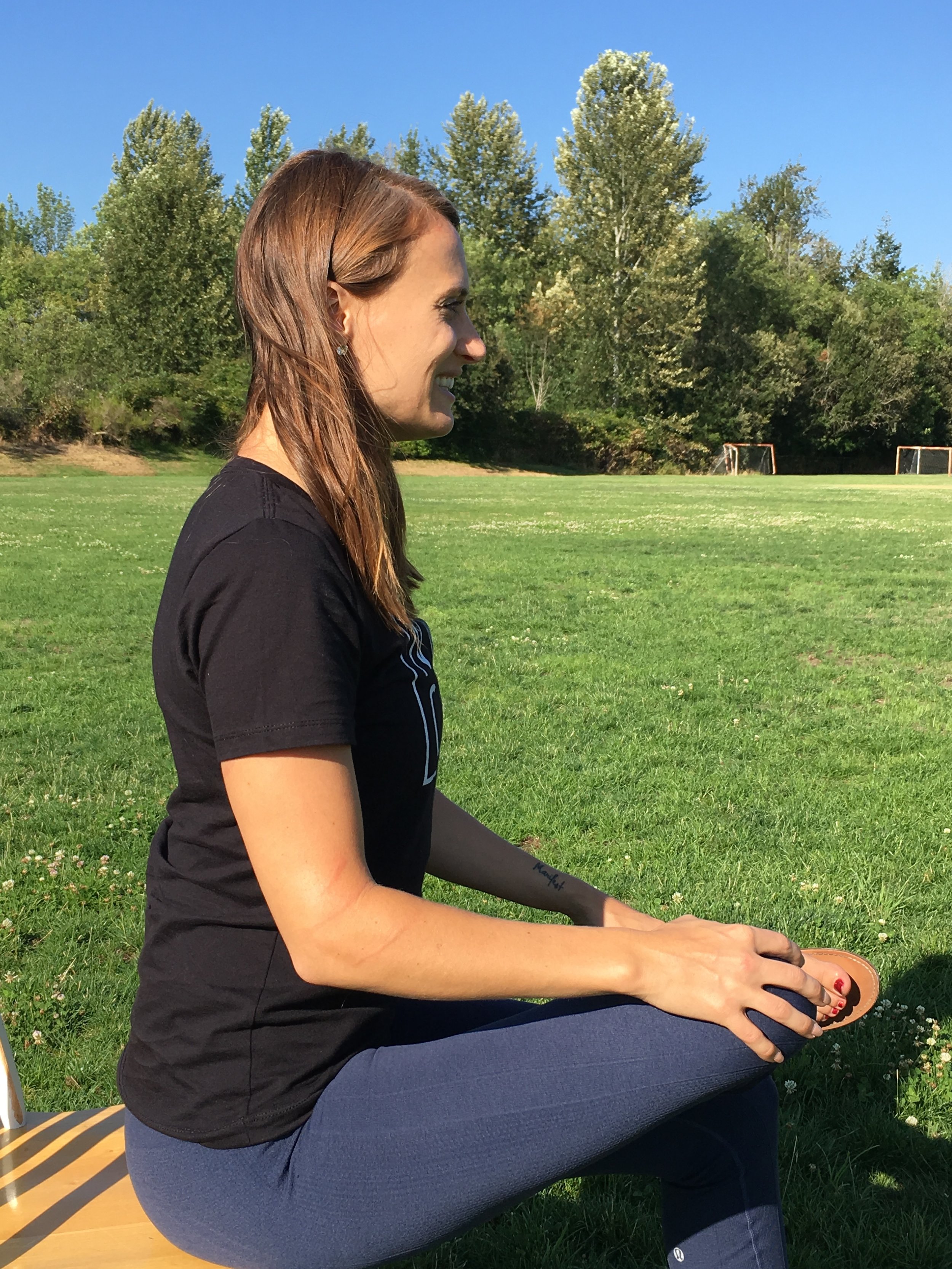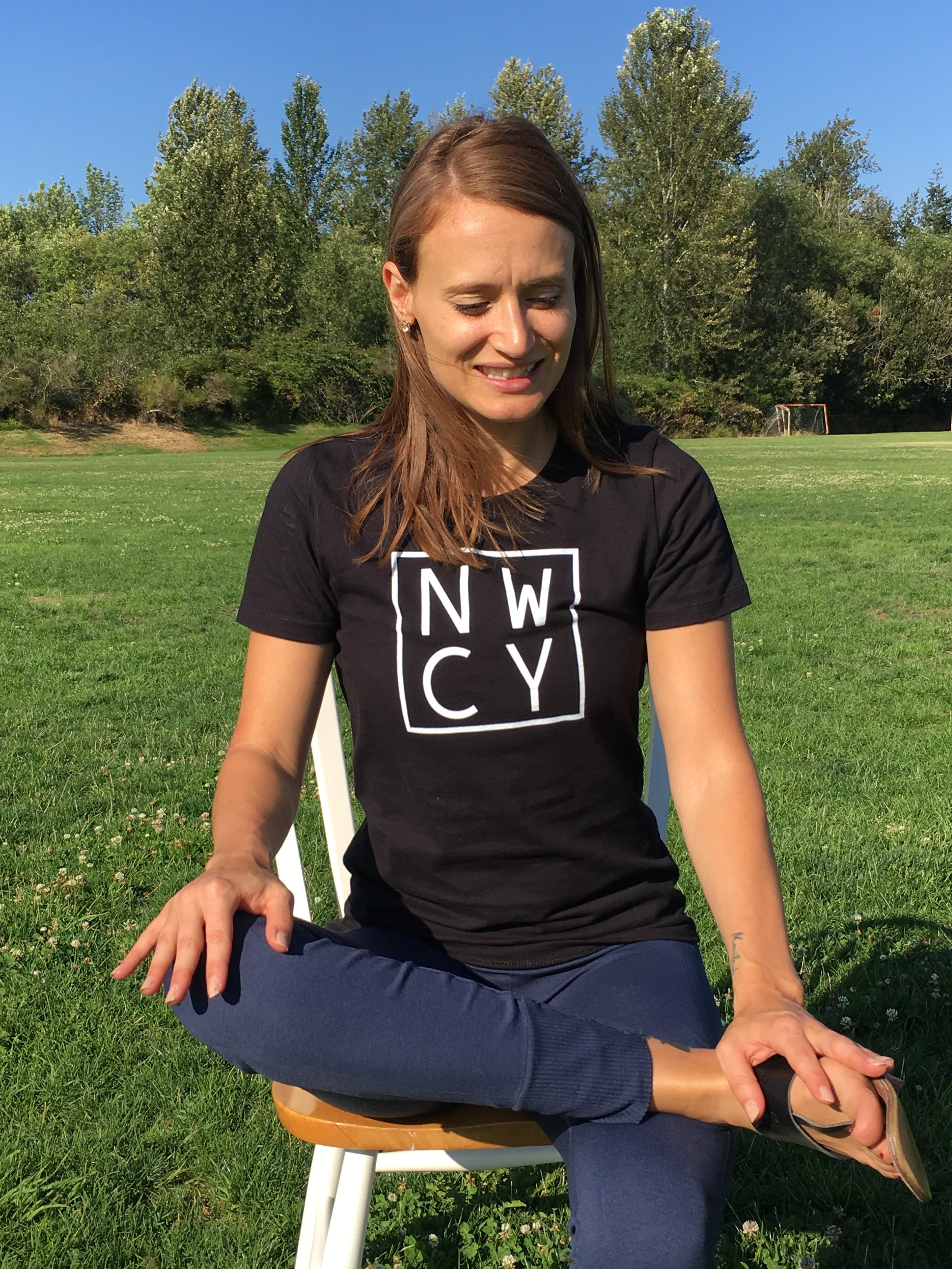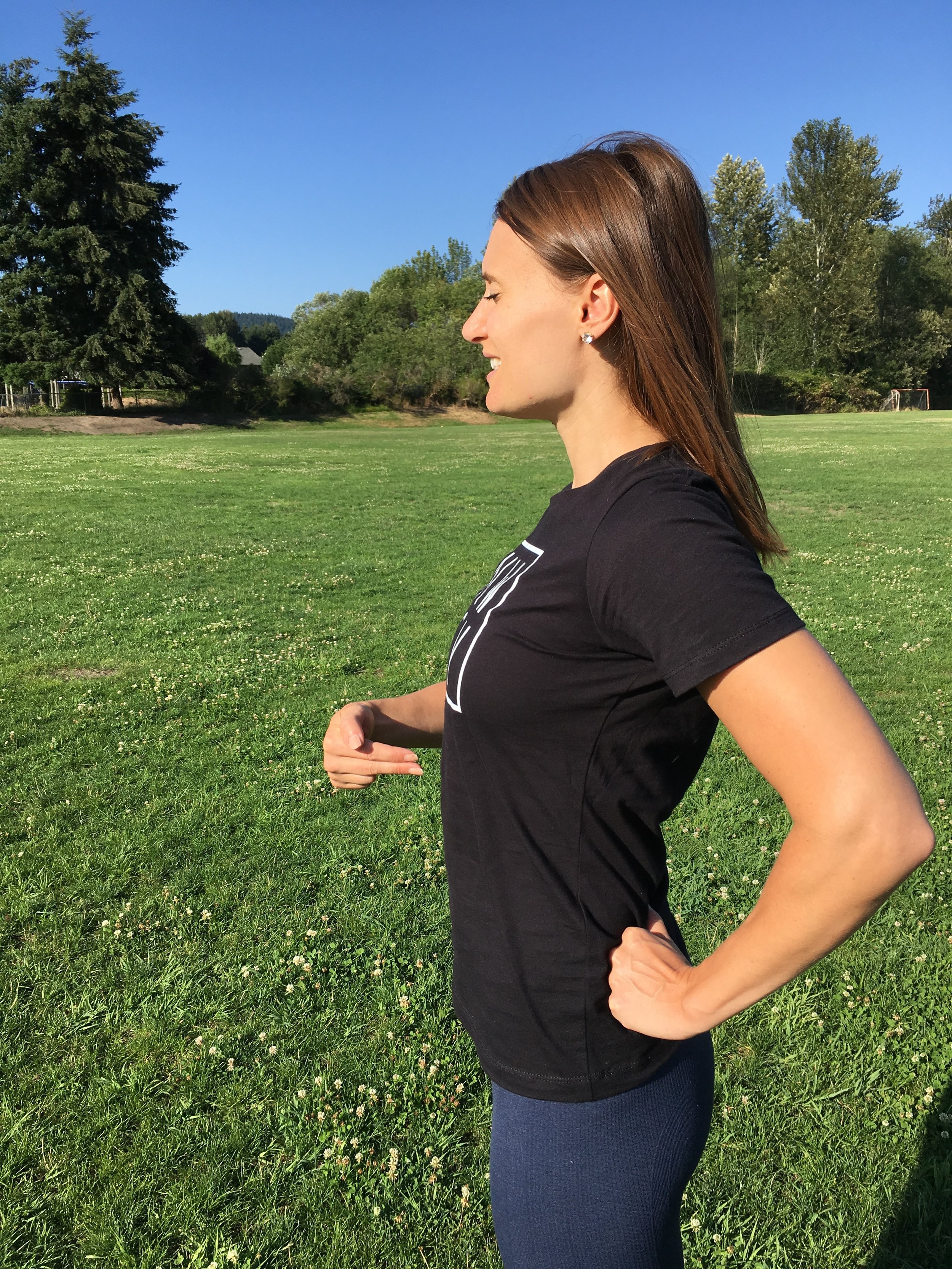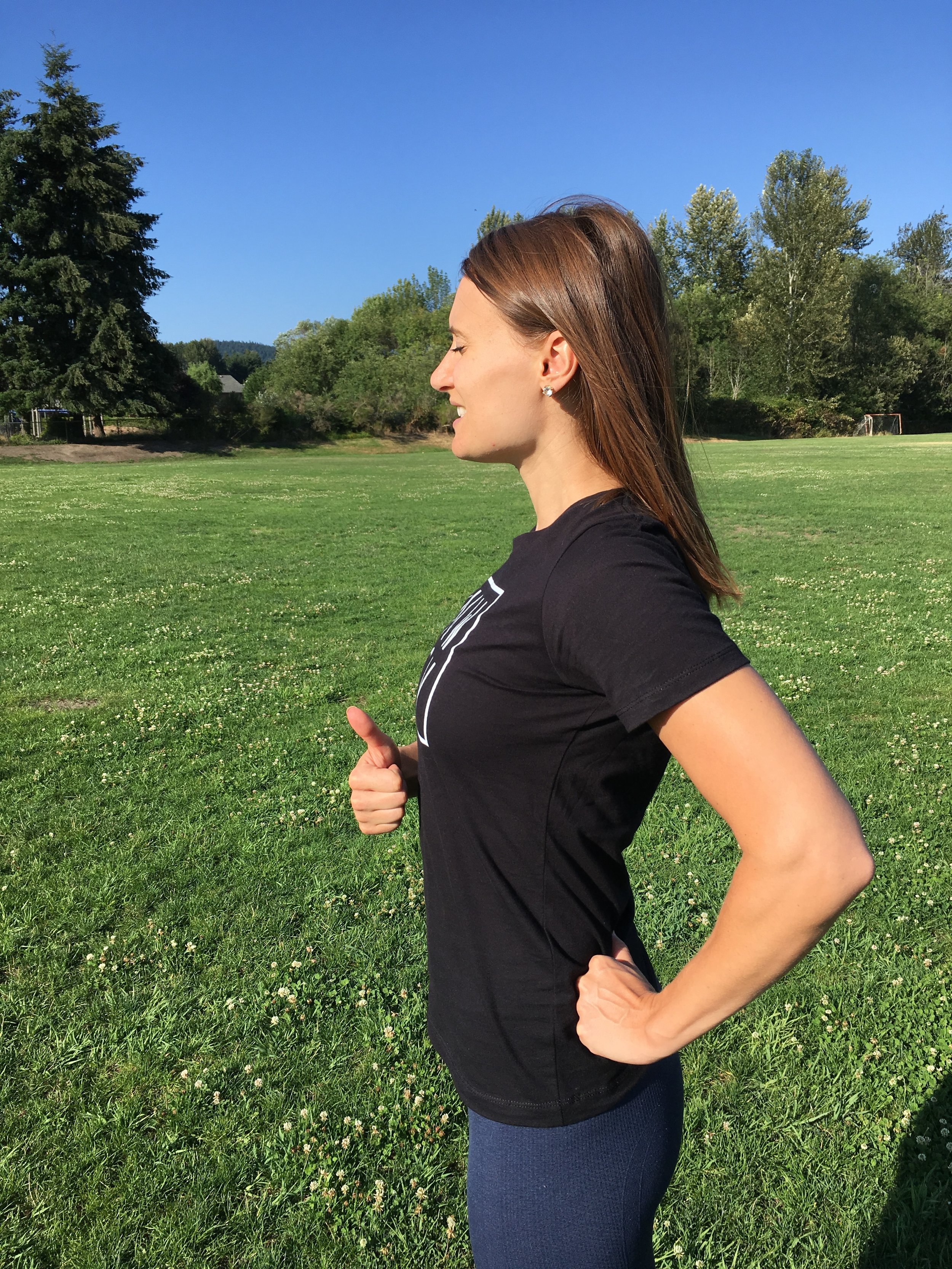Let’s face it. Maintaining good posture within the office setting is a constant struggle. Statistically speaking, eight out of ten Americans will suffer from back pain over the course of their lifetime. With so many people, places and things fighting for our attention every second we’re awake, finding time to be mindful about our body position while going about our work day can be exceptionally difficult. Hours spent commuting, working at our desks, checking our phones, and sitting through meeting roll right into eight plus hours a day. All of this toiling silently takes a toll on our bodies. It’s only when the pain begins that we finally stop and listen to our bodies.
Posture not only affects how we feel but also how we look and even how others feel about us. Bad posture, such as having a sunken chest with arms crossed, can signal submission and low confidence, making the opposite of those difficult to be seen by team members. As a result, bad posture can have an impact on whether you receive a promotion or an opportunity to lead a team. On the other hand, good posture is beneficial mentally and physically. When we stand tall our bones and joints align, which helps to engage our muscles properly, prevent unnecessary fatigue and decrease the risk of arthritis later in life.
No matter if you are part of the 80% suffering from physical pain from bad posture or know someone who is and want to reduce your chances of physical pain, it’s time to get serious about your posture. To help you get started, check out these 5 quick exercises for engaging your muscles and supporting your spine, which could help you maintain stature well into your seventies, eighties, nineties and beyond!
1. Shoulders
Proper Form
Avoid rounded shoulders by drawing your shoulder blades back and then down while simultaneously lifting your chest up and out.
Shoulder Exercise
Sit upright. Reach your arms overhead, keeping your elbows straight. Interlace your fingers and turn your palms up towards the sky. From here, bend slowly to the right and hold for 5 seconds while breathing deeply. Repeat on the left.
Benefits
Lengthen the abdominal muscles, hips, and relieve shoulder tension, while improving the flexibility of your spine.
2. + 3. Spine (Neck + Back)
Proper Form
The spine has a natural “S” curve to its structure and all three curves should be present while sitting or standing. The top of the S curve is found in your neck, a gentle arch, followed by a rounding through the upper back and an arch through your mid back area. The chin tuck, below, can help reverse common forward-head posture by strengthening the neck muscles.
Neck Exercise
Start with your shoulders rolled back and down, you can be seated or standing. While looking straight ahead, place two fingers on your chin, slightly tuck your chin and move your head back. Hold for 3-5 seconds and then release. Repeat 10 times.
Back Exercise
Sit at the front of your chair and slouch completely. Draw yourself up and accentuating the curve in your mid back as far as possible. Hold for 5 seconds. Then, move back and forth through the slouch and the accentuated curve slowly 4 times.
Benefits
The chin tuck alleviates common neck pain by strengthen the muscles that pull your head back into alignment over your shoulders. Both exercises build strength and stretch your neck and back counteracting “tech neck”, increasing balance, coordination, while stimulating the organs in your belly, like the kidneys and adrenal glands creating emotional balance and relieving stress.
4. Hips
Proper Form
Distribute your body weight evenly on both hips and uncross your legs. Bend your knees at a right angle, keeping your knees even with or slightly higher than your hips.
Hip Exercise
While seated draw one knee towards your chest. Place the top of the lifted leg foot on your other thigh to make a figure four shape with your legs. Flex the toes of your lifted leg and lean forward for more sensation.
Benefits
Strengthen quadriceps, ankle and foot muscles while tone the core gently. In addition, you will stretch the outer hip and glute muscles relieving lower back tension.
5. Abdominal Muscles
Proper Form
Avoid twisting at your waist, instead use your whole body to move and your legs and glutes when you pick things up.
Core Exercise
Pull your navel in and up to activate your core. From here, start to lean forward and hold for 2 seconds. Then, lifting from your core center lean back for 2 seconds. Please note you are moving not from your hips or shoulders but rather from your core center to activate your abdominal muscles while seated or standing.
Benefits
Strong abdominal muscles prevent injuries, improves posture and increases your balance.
As you’re rushing here and there, try to take a few minutes out of your busy day to slow down, remember that your posture matters, and focus on you for a moment. Stand up, do a few of the exercises above, walk around your office and keep your blood flowing. The office environment is notorious for aggravating aches and pains, but if you’re mindful about your body, you’ll be able to achieve and maintain wellness at work. Your body, mind and team will thank you!
Disclaimer: The contents of this blog is provided for informational purposes only and is not intended as medical advice or as a substitute for the medical advice of a physician. The content does not constitute a recommendation or endorsement of any specific tests, products, procedures, practices or medical opinions. Please consult your health care provider before making any healthcare decisions or for guidance about a specific medical condition.
